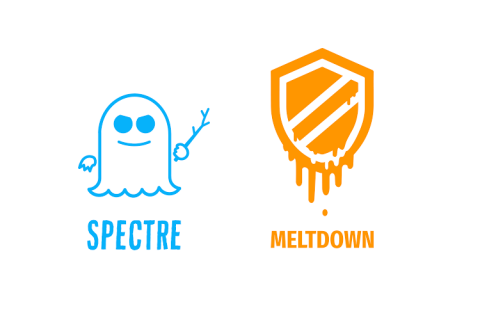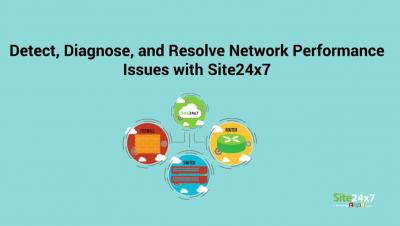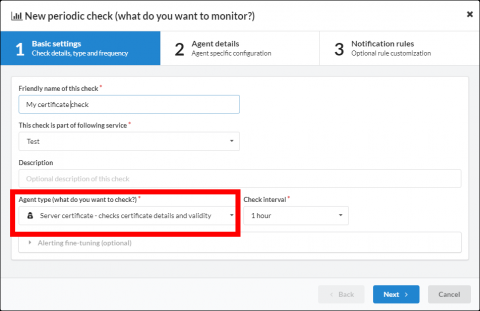How We Boosted Page Speed By 58% ...and how you can too!
Over the past couple of weeks we've been optimising the Downtime Monkey website to reduce page load time. We've had some excellent results: in the best case scenario we cut page load time by 58% and even in the worst case, the page load was still 9% faster. All of the changes that were made are straightforward and we've provided in-depth details of the optimisations so that you can apply them to your own website.










